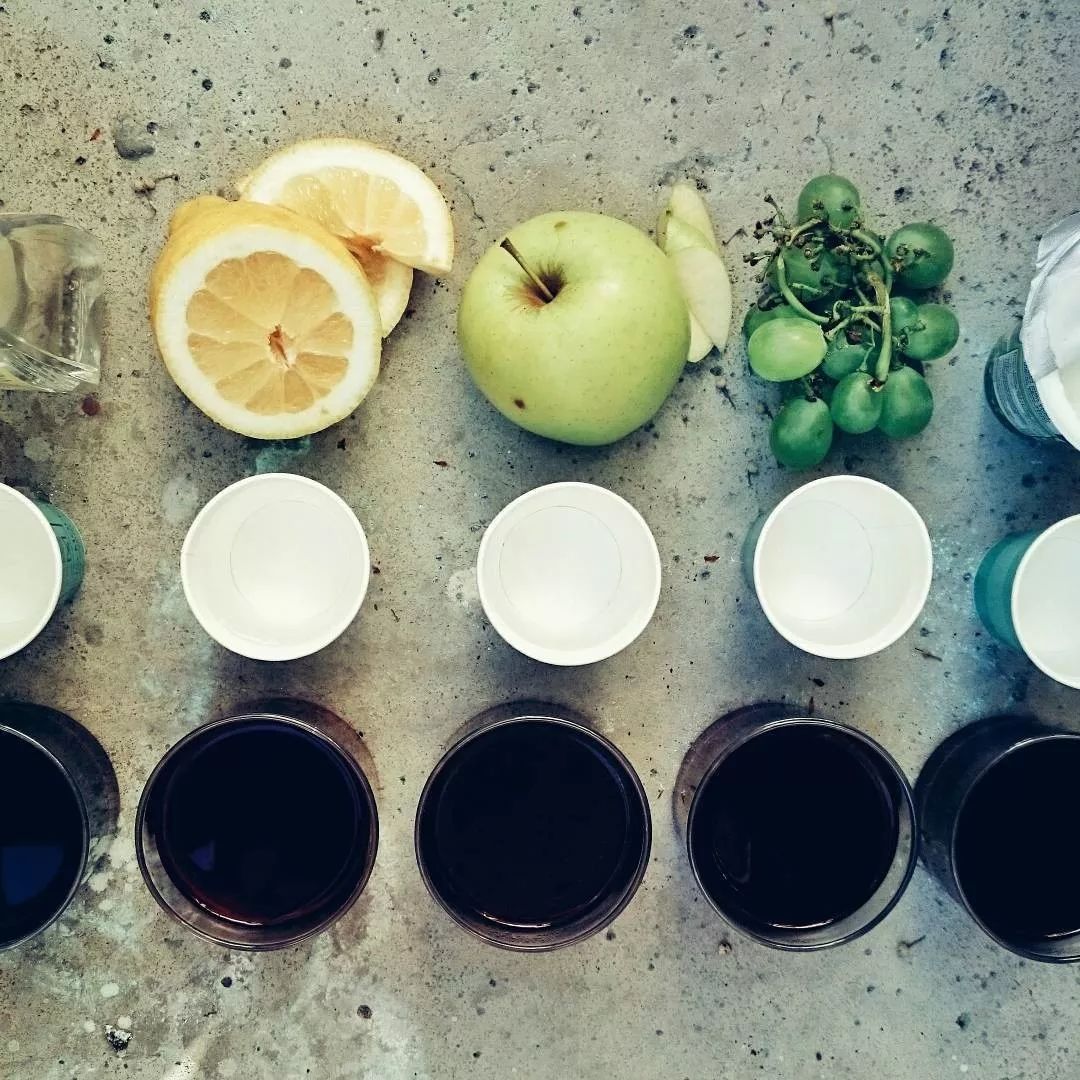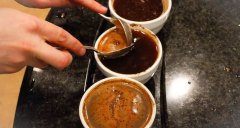Introduction of raw coffee bean processing equipment. What are the production equipment for coffee?

Professional coffee knowledge exchange more coffee bean information please follow the coffee workshop (Wechat official account cafe_style)
Complete sets of coffee processing equipment: coffee fresh fruit grading machine, fresh fruit peeling machine, automatic degumming and cleaning machine, coffee drying room, self-propelled coffee dried bean bagging machine, Husker, dried bean sheller, specific gravity air separator, specific gravity stone classifier, coffee dried bean color separator, bucket elevator, automatic packing equipment for dried coffee beans, coffee roaster, grinder, etc.
The coffee processing methods of the world's top gourmet coffee are realized in many different ways. These processing technologies can be divided into four categories: wet processing (washing), dry processing (natural, sun-drying), pulp natural processing and semi-washing processing. Farmers choose the processing method that best suits their climate and capacity-whether it is a long dry season or dry processing, or the need for adequate water supply due to high tropical environments, and how much labour is available to them.
The following is a quick guide to all of these coffee processing methods, with detailed instructions.
Wet treatment: involves cleaning coffee beans made of fruity materials, while beans are still wet right after they are picked.
Dry processing: this includes first drying the coffee fruit in the sun and often raking the beans without any dried fruit.
Natural processing of pulp: involves the initial pulping of coffee but no fermentation stage, such as wet processing, and then drying beans, most of the mucus is still attached.
Semi-washing method: the degumming machine is used to remove the skin and most of the mucus of coffee cherries.
Aquapulp: another method of initially cleaning coffee fruits has recently been adopted in many areas where excessive wet treatment has been used before.
Washing / wet treatment
The washed process includes soaking the coffee fruit and allowing it to ferment to separate the cherry from the beans-or it can be removed by a mechanical peeler. Once the green coffee has been removed, wash it and leave it outside to dry on a terrace or viaduct.
The taste of the resulting coffee is "purer" than other methods-unaffected by the coffee fruit.
Dry / natural / sun-dried
Naturally processed coffee is dried while the coffee is still dry around the beans, without any removal, so there is time to give the coffee itself the natural flavor of the coffee fruit.
Dry-processed coffee often does not have a wide range of flavor, because because of the coffee fruit, the flavor is always pushed to fruity and sweet. Dry processing is particularly prominent for coffee from Brazil, Ethiopia and Yemen.
Technology of pulping natural / semi-dry / honey
The natural or "semi-dry" pulping process involves removing different parts of the coffee fruit-it is somewhere between wet processing and dry processing. Recently, these different levels have been called "black honey", "red honey" and "yellow honey" respectively-more coffee fruits left on the outside lead to more caramel and darker colors. In contrast, fewer coffee cherries mean less sweetness and lighter colors.
Coffee processed with honey
Wet shell / half wash
In this way, the coffee is pulped on the farm, stripped into parchment and mucus, and then sent to the processing plant for processing. This is also known as "Giling Basah" in Indonesia.
Processing methods are usually passed down in a country, and today's farmers do exactly the same things as their fathers and grandfathers. Government organizations and international coffee organizations sometimes step in to provide alternatives or share their technology, which helps raise standards for the industry as a whole.
However, some methods are not available at all or are too expensive-in areas where water resources are scarce or equipment is not available, processor options may be limited. Although it is hard to imagine in first world countries such as Canada, the United States, Britain and Australia, much of the coffee-growing world is limited by a lack of knowledge and the unavailability of basic equipment.
END
Important Notice :
前街咖啡 FrontStreet Coffee has moved to new addredd:
FrontStreet Coffee Address: 315,Donghua East Road,GuangZhou
Tel:020 38364473
- Prev

How to describe the flavor and taste of espresso describe the characteristics of espresso beans
Professional coffee knowledge exchange more information about coffee beans Please follow the coffee workshop (Wechat official account cafe_style) Espresso is not only a beverage, but also a brewing method. At a pressure close to 9bar (that is, 9 times the normal atmospheric pressure), allow nearly boiling water to penetrate the finely ground
- Next

Official website of Italian Coffee _ illy Coffee Chinese official website of Shanghai illy Coffee School
Professional coffee knowledge exchange more coffee bean information please follow the coffee workshop (Wechat official account cafe_style) https://www.illy.com/wps/wcm/connect/zh/coffee-away-from-home/espressamente-illy illy (Italian) Coffee Company uses 100% selected Arabica Arabica coffee beans to produce a unique mellow flavor with individual
Related
- Beginners will see the "Coffee pull flower" guide!
- What is the difference between ice blog purified milk and ordinary milk coffee?
- Why is the Philippines the largest producer of crops in Liberia?
- For coffee extraction, should the fine powder be retained?
- How does extracted espresso fill pressed powder? How much strength does it take to press the powder?
- How to make jasmine cold extract coffee? Is the jasmine + latte good?
- Will this little toy really make the coffee taste better? How does Lily Drip affect coffee extraction?
- Will the action of slapping the filter cup also affect coffee extraction?
- What's the difference between powder-to-water ratio and powder-to-liquid ratio?
- What is the Ethiopian local species? What does it have to do with Heirloom native species?

